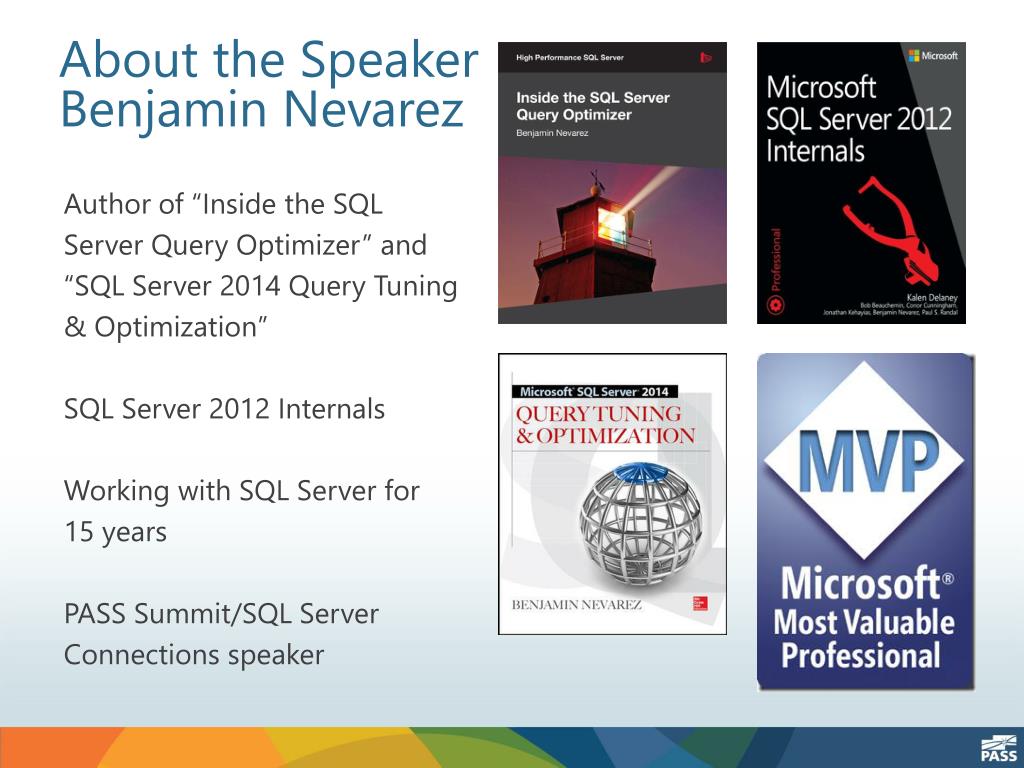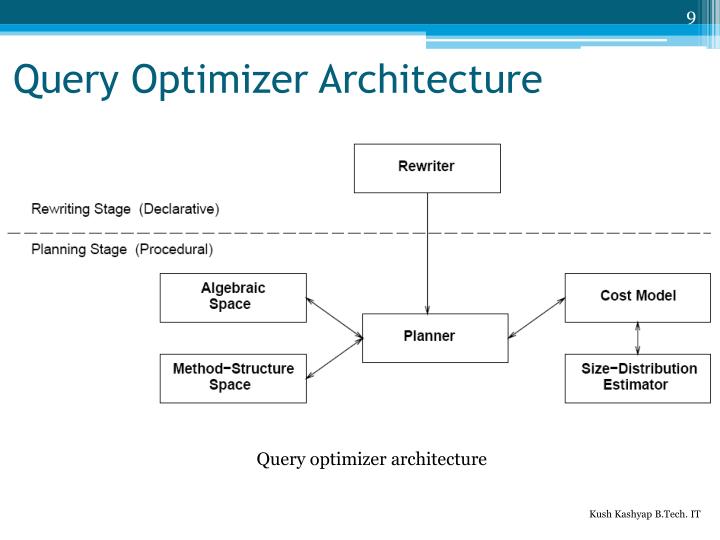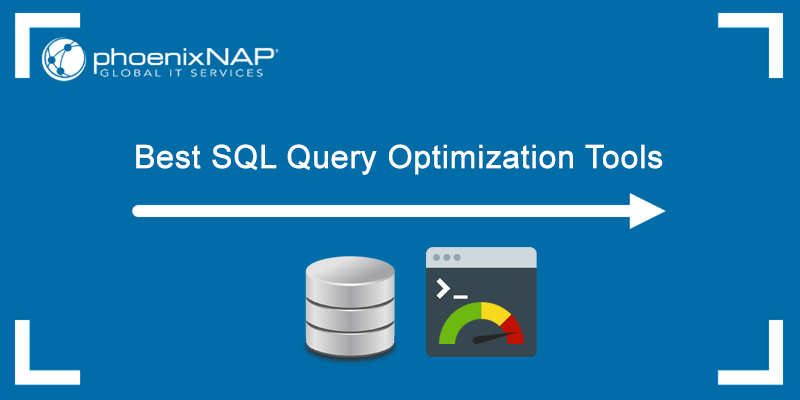P1]
In the world of databases, speed is paramount. A slow query can cripple an application, frustrate users, and drain resources. Query optimization is the art and science of making database queries run faster and more efficiently. It involves analyzing query execution plans, identifying bottlenecks, and applying techniques to improve performance. This article delves into the core concepts of query optimization, exploring various strategies and best practices to help you unlock the full potential of your database.
Understanding the Query Execution Plan
At the heart of query optimization lies the query execution plan. This plan is a roadmap, created by the database management system (DBMS), outlining the steps it will take to retrieve the requested data. It details the order in which tables will be accessed, the indexes that will be used, and the algorithms employed for joining and filtering data.
Think of it like planning a road trip. You have multiple routes to reach your destination, some more direct than others. The query execution plan is the database’s chosen route. Understanding this plan is crucial for identifying potential bottlenecks and areas for improvement.
Most DBMSs provide tools to visualize the execution plan. For example, in MySQL, you can use the EXPLAIN statement followed by your SQL query. In SQL Server, you can use the "Display Estimated Execution Plan" option in SQL Server Management Studio.
Analyzing the execution plan allows you to identify:
- Table Access Methods: Are tables being scanned entirely (table scan) or are indexes being utilized? Table scans are generally slower than index-based lookups.
- Join Types: How are tables being joined? Different join types (e.g., nested loops, hash joins, merge joins) have varying performance characteristics.
- Filtering Operations: How are
WHEREclauses being applied? Are indexes being used to filter data, or are filters being applied after retrieving large amounts of data? - Cost Estimates: The DBMS estimates the cost of each step in the plan. Higher cost estimates often indicate areas where optimization is needed.

Key Techniques for Query Optimization
Once you understand the execution plan, you can begin applying optimization techniques. Here are some of the most effective strategies:
1. Indexing:

Indexes are the cornerstone of query optimization. They are special data structures that allow the DBMS to quickly locate specific rows in a table without scanning the entire table.
- Choosing the Right Indexes: Carefully consider which columns to index. Indexing columns frequently used in
WHEREclauses,JOINconditions, andORDER BYclauses can significantly improve query performance. - Composite Indexes: For queries that filter on multiple columns, consider using composite indexes (indexes on multiple columns). The order of columns in the composite index matters. The most selective column (the one that filters the data most effectively) should generally come first.
- Over-Indexing: Avoid over-indexing. While indexes improve read performance, they can slow down write operations (inserts, updates, deletes) because the index must be updated whenever the data changes. Regularly review your indexes and remove any that are not being used.
- Index Statistics: Ensure that your DBMS has up-to-date statistics about your indexes. These statistics help the query optimizer make informed decisions about which indexes to use.

2. Rewriting Queries:
Sometimes, the way a query is written can significantly impact its performance. Here are some common query rewriting techniques:
- *Avoid `SELECT `:** Instead of selecting all columns from a table, only select the columns you actually need. This reduces the amount of data that needs to be retrieved and transferred.
- Use
WHEREClauses Effectively: Place the most selective conditions in theWHEREclause first. This helps the DBMS filter out unnecessary data early in the query execution process. - Optimize
JOINConditions: Ensure thatJOINconditions are properly indexed. Use appropriateJOINtypes. For example, if you only need to retrieve rows from one table that match rows in another table, use aLEFT JOINinstead of anINNER JOIN. - Avoid Correlated Subqueries: Correlated subqueries (subqueries that depend on the outer query) can be very slow. Try to rewrite them using joins or other techniques.
- *Use
EXISTSinstead of `COUNT():** When checking for the existence of rows,EXISTSis often more efficient thanCOUNT(*)` because it stops searching as soon as it finds a match. - Replace
ORwithUNION ALL(When Possible): In some cases, replacingORconditions withUNION ALLcan improve performance, especially when the conditions can be satisfied by different indexes.
3. Database Design Considerations:
The structure of your database can have a profound impact on query performance.
- Normalization: Normalization is the process of organizing data in a database to reduce redundancy and improve data integrity. While normalization is important, excessive normalization can lead to complex queries with many joins.
- Denormalization: Denormalization is the process of adding redundant data to a database to improve query performance. This can be useful in situations where complex joins are slowing down queries. However, denormalization should be used with caution, as it can increase the risk of data inconsistency.
- Data Types: Use appropriate data types for your columns. Using larger data types than necessary can waste storage space and slow down queries.
- Partitioning: Partitioning involves dividing a large table into smaller, more manageable pieces. This can improve query performance by allowing the DBMS to only scan the relevant partitions.
4. Monitoring and Tuning:
Query optimization is an ongoing process. You need to continuously monitor the performance of your queries and make adjustments as needed.
- Slow Query Logs: Enable slow query logs to identify queries that are taking a long time to execute.
- Performance Monitoring Tools: Use performance monitoring tools to track database performance metrics such as CPU usage, memory usage, and disk I/O.
- Regularly Review and Optimize Queries: Periodically review your most frequently executed queries and identify opportunities for optimization.
5. Hardware Considerations:
While software optimization is crucial, don’t overlook the importance of hardware.
- Sufficient RAM: Ensure that your database server has enough RAM to cache data and indexes.
- Fast Storage: Use fast storage devices (e.g., SSDs) to improve read and write performance.
- Powerful CPU: A powerful CPU can help the DBMS process queries more quickly.
Example Scenario:
Imagine a database for an e-commerce website with tables for Customers, Orders, and Products. A common query is to retrieve all orders placed by a specific customer, along with the details of the products in each order.
A naive query might look like this:
SELECT *
FROM Orders o
JOIN Customers c ON o.CustomerID = c.CustomerID
JOIN OrderItems oi ON o.OrderID = oi.OrderID
JOIN Products p ON oi.ProductID = p.ProductID
WHERE c.CustomerID = 123;Without proper indexing, this query could be slow, especially if the tables are large. Here’s how we can optimize it:
- Indexing: Create indexes on
Orders.CustomerID,OrderItems.OrderID, andOrderItems.ProductID. - Select Specific Columns: Instead of
SELECT *, only select the columns that are needed for the application. - Rewrite (if possible): If only order IDs are needed, the query can be simplified to only retrieve order IDs using the
Orderstable with theCustomerIDindex.
By applying these techniques, we can significantly reduce the query’s execution time.
FAQ
Q: What is the first step in query optimization?
A: Analyzing the query execution plan is the crucial first step. This allows you to understand how the DBMS is executing the query and identify potential bottlenecks.
Q: How important are indexes?
A: Indexes are extremely important for query optimization. They allow the DBMS to quickly locate specific rows in a table without scanning the entire table.
Q: Is it always better to have more indexes?
A: No. Over-indexing can slow down write operations and consume unnecessary storage space. Regularly review your indexes and remove any that are not being used.
Q: What is a slow query log?
A: A slow query log is a log that records queries that take a long time to execute. This can be a valuable tool for identifying queries that need to be optimized.
Q: Can hardware upgrades help with query optimization?
A: Yes. Sufficient RAM, fast storage devices, and a powerful CPU can all improve query performance.
Q: How often should I optimize my queries?
A: Query optimization is an ongoing process. You should continuously monitor the performance of your queries and make adjustments as needed, especially after significant data changes or application updates.
Conclusion
Query optimization is a critical skill for database administrators and developers. By understanding the query execution plan, applying appropriate indexing strategies, rewriting queries effectively, and considering database design principles, you can significantly improve the performance of your database applications. Remember that optimization is an iterative process, requiring continuous monitoring and tuning to ensure optimal performance. By embracing these techniques, you can unlock the full potential of your database and deliver a faster, more responsive user experience.

Leave a Reply